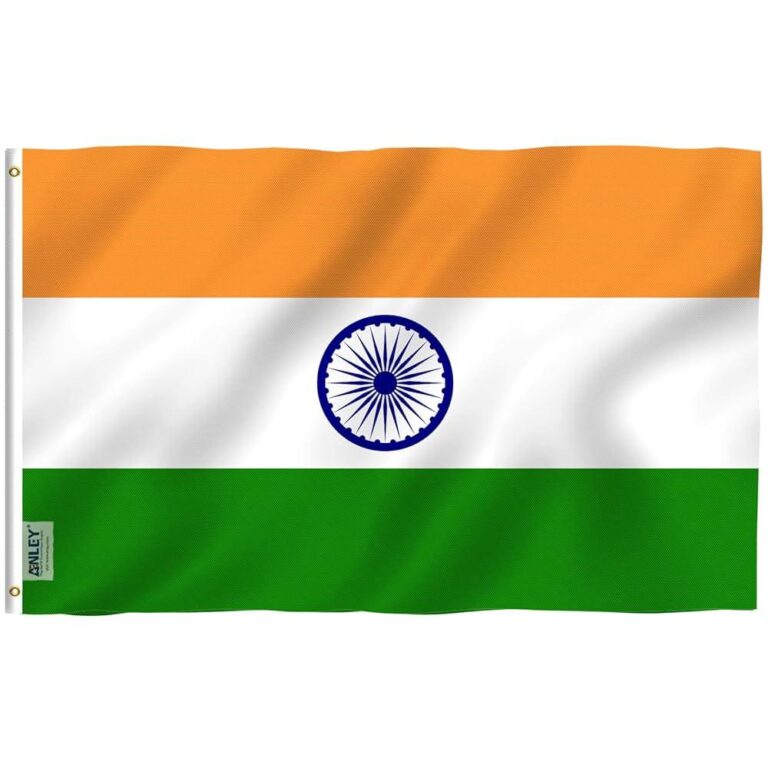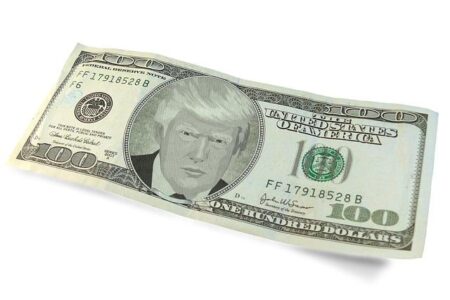A new report by the Pew Research Center offers a comprehensive look at global perceptions of India, revealing a diverse range of opinions across 24 countries. As India continues to assert its influence on the world stage through its economic growth, cultural exports, and geopolitical presence, understanding how it is viewed internationally is more important than ever. This article delves into the key findings of the survey, highlighting varying attitudes shaped by regional, political, and social factors.
Global Perceptions of India Reveal Regional Variations and Key Influencing Factors
Global opinions about India differ markedly based on geographic and cultural proximity, revealing a tapestry of attitudes shaped by historical ties, economic interests, and media portrayals. In North America and Europe, perceptions often highlight India’s booming technology sector and vibrant democracy, yet concerns regarding social inequality and environmental challenges persist. Meanwhile, countries in Asia and Africa frequently emphasize India’s growing geopolitical influence and cultural connections, reflecting a blend of admiration and cautious appraisal.
Key factors influencing these perceptions include:
- Economic collaboration and trade relations
- Cultural exchanges and diaspora presence
- Media coverage shaped by bilateral politics
- Public awareness of India’s social and technological development
| Region | Dominant Perception | Highlight |
|---|---|---|
| North America | Tech Innovator | Start-up Ecosystem |
| Europe | Democratic Ally | Strategic Partnership |
| Asia-Pacific | Emerging Power | Geopolitical Role |
| Africa | Cultural Partner | Shared Heritage |
Understanding India’s Image Through Political, Economic, and Cultural Lenses
India’s global image is deeply influenced by three intertwined dimensions: political dynamics, economic growth, and cultural richness. Politically, perspectives vary widely, with some countries admiring India’s democratic resilience, while others remain cautious about regional tensions and diplomatic strategies. Economically, India’s burgeoning tech industry and its status as a major emerging market earn it significant respect, yet concerns persist over income inequality and infrastructure challenges. These complex facets shape how India is perceived in the international arena, reflecting both hope and skepticism in equal measure.
Culture remains a powerful ambassador for India worldwide. Its vast contributions in art, cuisine, cinema, and spirituality create a fascinating mosaic that many admire. The following breakdown illustrates key perceptions held by respondents across 24 countries surveyed by Pew Research Center:
| Aspect | Positive Perception | Concerns Highlighted |
|---|---|---|
| Politics | Strong democratic values | Regional conflicts, governance issues |
| Economy | Tech innovation, growth potential | Wealth disparity, infrastructure gaps |
| Culture | Diverse heritage, global cultural influence | Social inequalities, preservation challenges |
- Asia and Africa: Generally positive views emphasizing opportunity and cultural kinship.
- Europe and North America: Mixed feelings, balancing admiration with political and human rights concerns.
- Latin America: Limited awareness but increasing interest in India’s economic rise.
Strategies for Enhancing India’s International Standing Based on Pew Research Findings
India’s global image, as revealed by the Pew Research Center, highlights significant opportunities for proactive diplomacy and strategic messaging. To bolster its international reputation, India could prioritize cultural exchange programs that promote its rich heritage and technological advancements. Expanding people-to-people ties, particularly through educational scholarships and tourism facilitation, would deepen understanding and goodwill among diverse populations across these 24 countries. Additionally, enhancing transparent communication about its socioeconomic progress and global contributions can counteract misinformation and strengthen positive narratives.
Economic partnerships tailored to mutual growth must also be emphasized. Fostering innovation-driven collaborations and sustainable development projects can present India as a reliable partner in addressing global challenges. Below is a concise overview of key strategies aligned with public perceptions from the survey:
| Focus Area | Strategy | Expected Impact |
|---|---|---|
| Soft Power | Increase cultural diplomacy and media outreach | Enhanced cultural affinity and positive image |
| Education | Expand scholarships & international student programs | Stronger educational bonds and innovation exchange |
| Trade & Investment | Promote bilateral economic and sustainability partnerships | Mutually beneficial growth and trust building |
| Communication | Transparent and consistent global messaging | Reduced misinformation and amplified credibility |
In Retrospect
As global perspectives on India continue to evolve, the findings from the Pew Research Center provide valuable insight into how the country is perceived across diverse regions. From its growing economic influence to its cultural footprint, public opinion reflects both admiration and criticism, underscoring the complexity of India’s role on the world stage. Understanding these varied viewpoints is essential for policymakers, businesses, and citizens alike as India navigates its path forward in an increasingly interconnected world.




